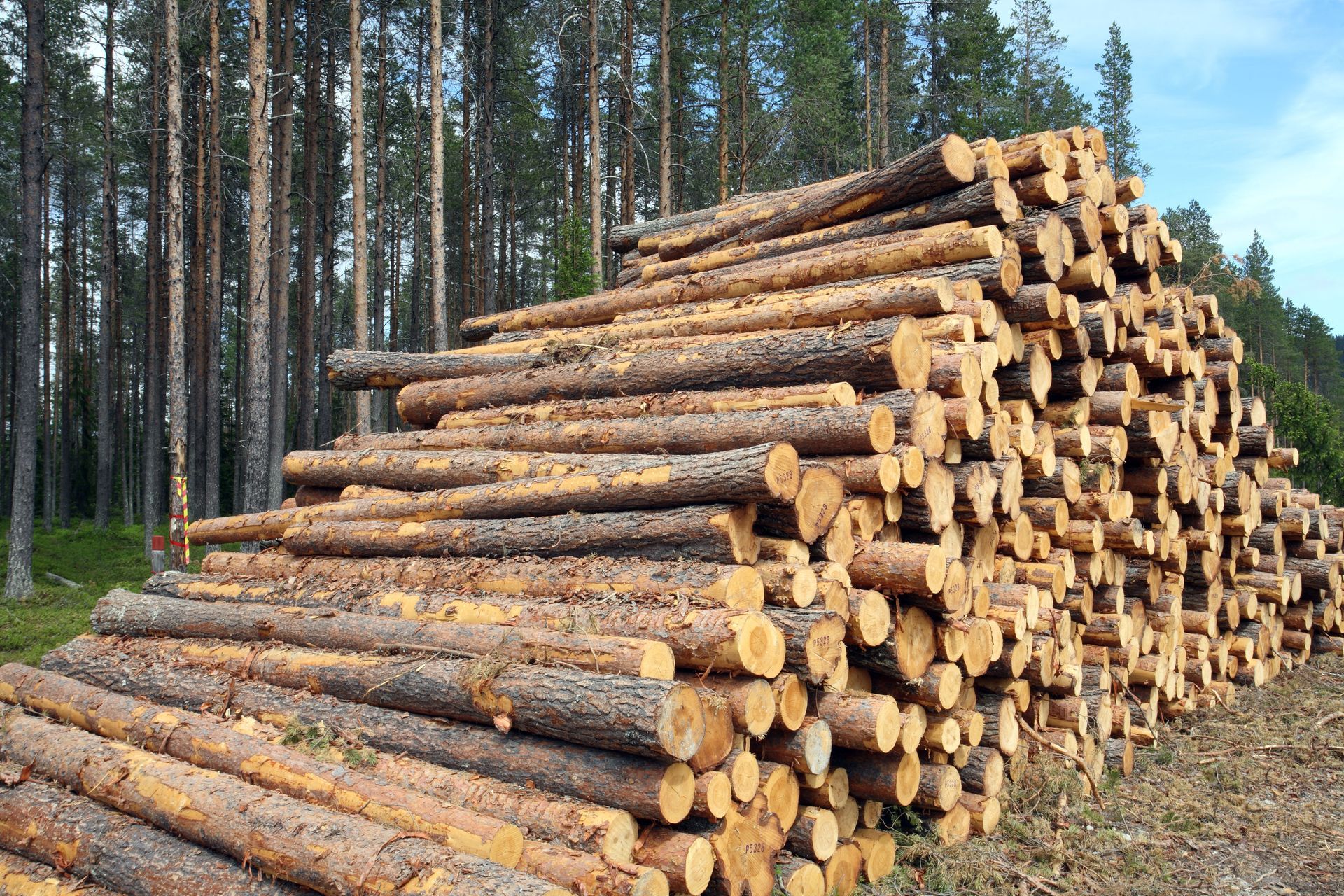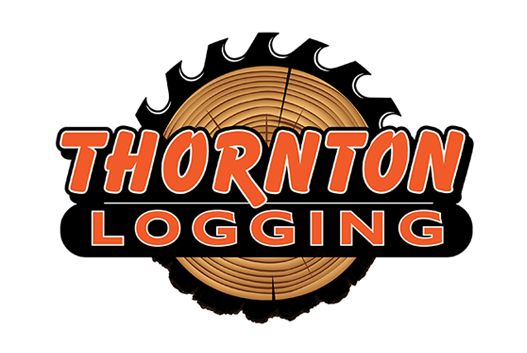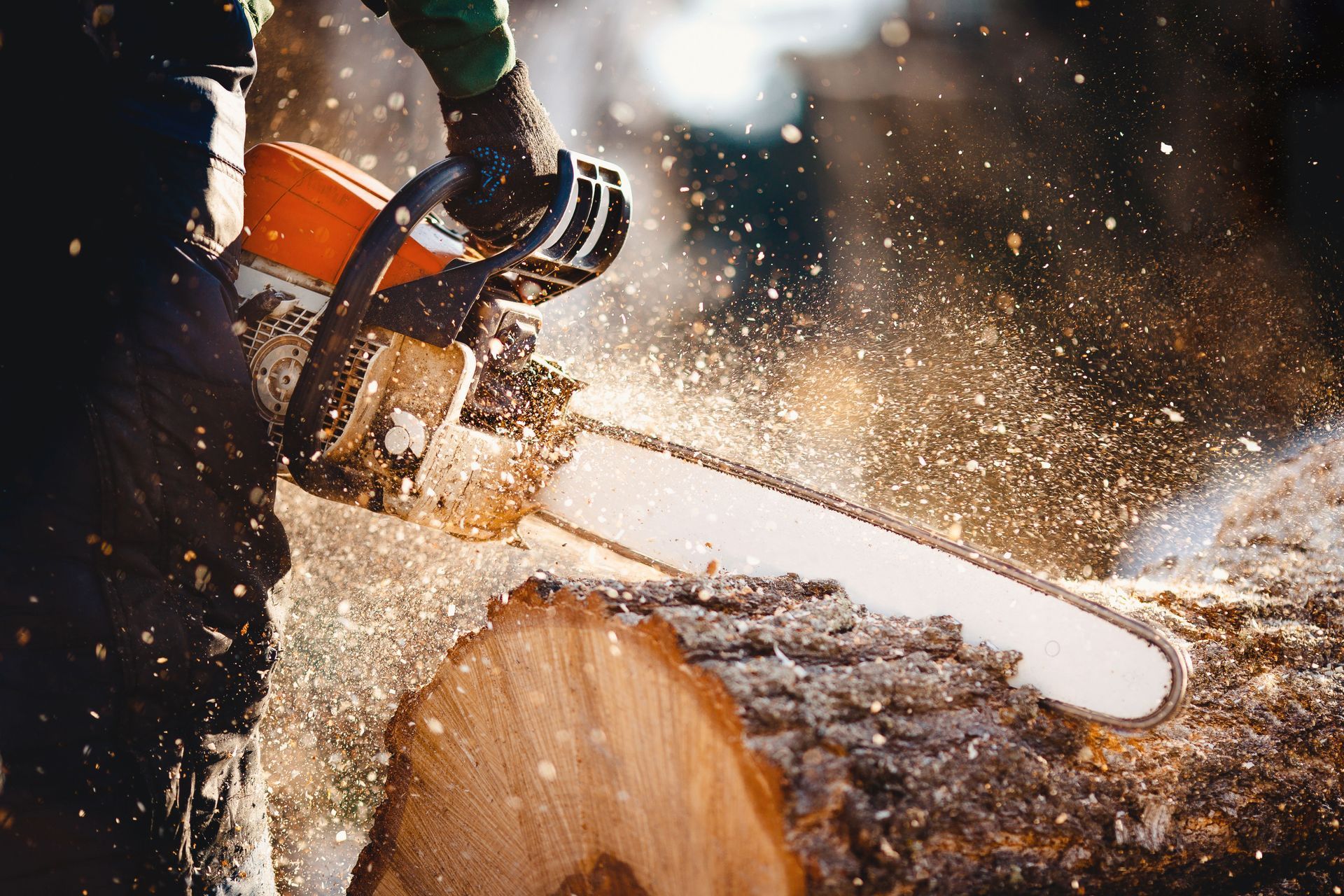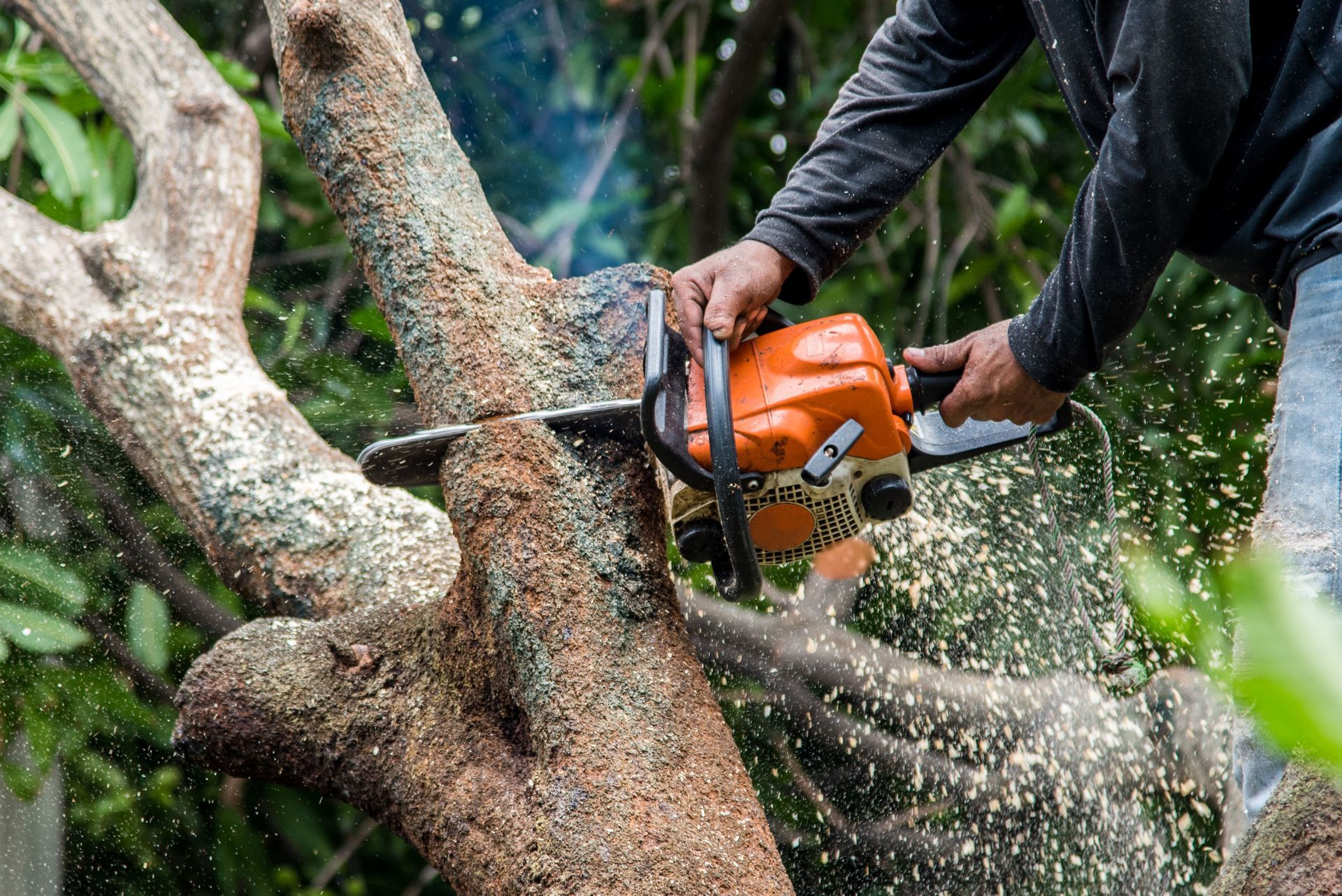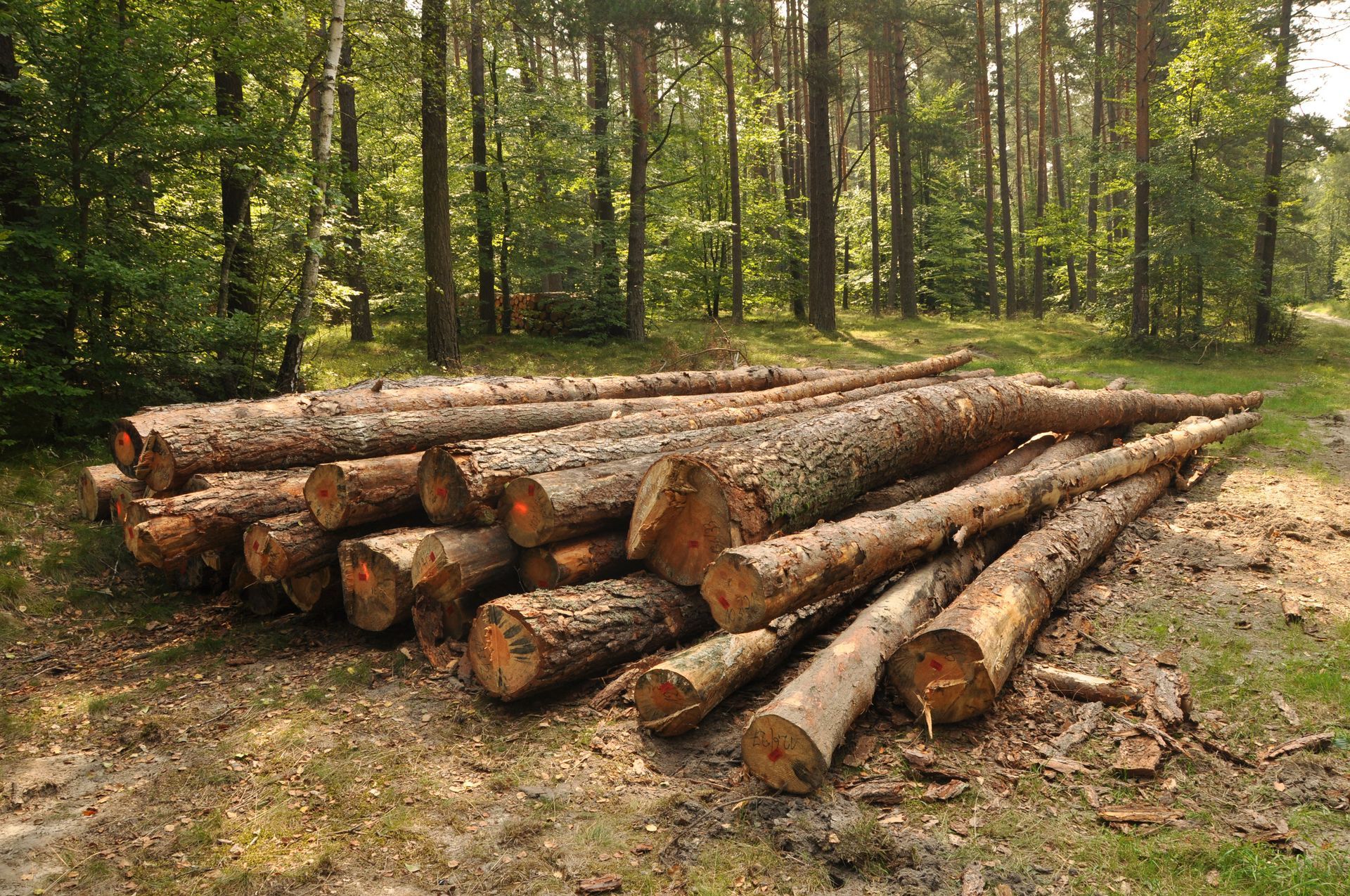October 3, 2025
An understanding of the factors that determine the value of timber is essential for local timber buyers in the global market. Timber isn't only a critical natural resource but also a fundamental component of various industries. Its significance is deeply rooted in both economic and environmental realms. While the economic value of timber concerns pricing and market dynamics, the environmental aspect focuses on sustainability and responsible sourcing.
Species and Size
The species of timber plays a crucial role in determining its value. Timber species are broadly categorized into hardwoods and softwoods. Hardwoods, like oak and maple, are often more expensive due to their density and durability. Softwoods, such as pine and spruce, are generally less costly but valued for their lightweight and versatility. Consequently, the type of wood significantly influences price points in the market for local timber buyers.
Growth habits and availability also affect the value of timber. Trees with slow growth rates, such as teak, tend to yield more durable and valuable timber. However, their limited availability can drive prices higher due to competition. On the other hand, faster-growing species may be more readily available but might not command the same high price due to perceived lower durability. Hence, timber value is often a balance between growth characteristics and market demand.
Durability and strength are key determinants of timber's industrial and commercial value. Species that offer high resistance to wear and environmental factors are often more desirable. This trait is particularly important in construction, where stability and longevity are crucial. Additionally, the natural resistance to pests and rot can elevate a timber species' value.
The aesthetic appeal of timber influences its application in high-end furniture and decoration. Unique grain patterns and colors elevate certain species in terms of desirability and price. Exotic hardwoods with rich, vibrant finishes are often used for luxury interior elements. The visual appeal of timber makes it a favored choice for architectural design, contributing to an increase in its market value.
Quality and Grade
Quality grading significantly impacts timber value, with knot frequency and size being critical criteria. The presence of knots can determine timber strength, often decreasing structural integrity if frequent or large. Large knots can also alter the wood's visual appearance, affecting desirability for finer applications. Buyers often prefer timber with fewer and smaller knots.
Grain and texture determine the wood's appearance in finished products, influencing local timber buyers' preference and price. Fine, straight grains are typically favored for their uniformity and appeal in furniture-making. On the other hand, unique patterns are sought for artistic applications. The texture also affects workability and finishing potential, impacting usability across industries.
Color consistency is often a mark of quality, directly impacting the economic value of timber. Variations in color can detract from a wood's appeal in uniform applications, especially in flooring or cabinetry. Consistency in color reflects uniform growth conditions and handling practices, elevating a timber's market status. Buyers often seek timber with minimal color variations to ensure a cohesive aesthetic in projects.
Warping and splitting significantly influence timber's structural integrity and usability. Warped wood can pose problems in construction, leading to material wastage and additional processing costs. Splitting often results from poor handling or unsuitable drying practices, reducing usable volume. Timber with minimal warping and splitting is thus more sought after, leading to higher market valuation.
Sourcing and Sustainability
Sustainable forestry practices are essential for maintaining the ecological balance and enhancing timber's value. Responsible management of forestry resources ensures long-term availability and reliability of supply. Techniques such as selective logging and forest regeneration support ecosystem conservation. Such practices also enhance public perception, potentially leading to market advantages.
The choice of harvesting methods impacts both sustainability and timber pricing. Clear-cutting, while efficient, often raises environmental concerns, potentially affecting market perception. On the other hand, methods like selective logging minimize environmental disruption, aiding conservation efforts. Consumers and businesses increasingly favor timber from sustainable practices.
Timber sourcing has broad environmental implications that influence its value to local timber buyers. Practices that harm biodiversity or contribute to deforestation face public scrutiny and can suffer economically. Conversely, sustainable practices support ecosystem health and can augment timber value. The industry's pivot towards greener practices aligns with increasing consumer preferences for sustainable products.
Legal and ethical considerations in timber harvesting and trade significantly affect valuation. Compliance with international and national regulations ensures market access and avoids penalties. Ethical sourcing, protecting indigenous rights, and reducing illegal logging contribute to responsible timber management. Timber that aligns with these considerations often receives a positive market response, translating to value enhancement.
Location and Transport
The value of timber is strongly influenced by its proximity to markets. Timber sourced nearer to urban centers or industry hubs incurs lower transportation costs. Reduced logistics complexity enhances timeliness and efficiency of delivery, potentially increasing competitiveness. Proximity to markets also facilitates better quality control and customer interaction.
Infrastructure and accessibility play crucial roles in the effective management and valuation of timber resources. Areas with developed infrastructure facilitate efficient transportation, reducing costs and time. Accessibility influences the feasibility of harvesting and the condition of transported timber. Improved infrastructure supports market integration, enhancing value realization across supply chains.
Transportation costs significantly affect the ability of timber producers to compete in various markets. Factors such as mode of transport, fuel prices, and road conditions directly influence these costs. Minimizing transportation expenses through strategic logistics planning can yield financial and competitive advantages. Cooperative transport strategies can further optimize logistics efficiencies.
Trade regulations and tariffs substantially influence international timber trade and pricing for local timber buyers. Varying tariffs across countries can affect the export suitability and attractiveness of timber. Favorable trade agreements can enhance cross-border market access for timber producers. Understanding and navigating complex regulations requires strategic management to optimize export potential.
Seasoning and Treatment
The method of seasoning, whether air-drying or kiln-drying, impacts timber's market value. Air-drying is cost-effective but slower compared to the controlled conditions of kiln-drying. Kiln-drying, though more expensive, provides superior control over moisture content and consistent quality. The choice of drying method directly affects timber stability and susceptibility to defects.
Chemical treatments are utilized to improve timber durability and resistance to wear. Treatments can prevent decay and insect infestation, thereby enhancing longevity and performance. The type of chemical used can influence the timber's environmental impact and market acceptance. Some treatments are designed to maintain aesthetic qualities, while others prioritize industrial applicability.
Proper moisture content control is pivotal in maintaining timber quality and usability. Fluctuations in moisture content can lead to warping, cracking, or instability. Precise control during processing and transport ensures timber retains its structural integrity and appearance. Maintaining optimal moisture levels can enhance suitabilities, such as dimensional stability, especially for construction applications.
Innovations in preservation techniques influence the usability and lifespan of timber products. Advanced processes improve resistance to environmental and biological stressors. Innovations, such as nanotechnology treatments, offer promising avenues for enhancing timber properties. These technologies contribute to the sustainability and economic efficiency of timber.
Understanding the diverse factors influencing timber's value is crucial for local timber buyers in the industry. According to the University of Missouri Extension, the value of timber is determined by four key factors: species, size, length, and grade quality. From species selection, quality grading, and sustainable sourcing to processing techniques and market dynamics, each aspect plays a vital role. Partner with Thornton Logging to maximize the value of your timber while supporting sustainable practices. Contact us today to learn how our expertise can help you.
